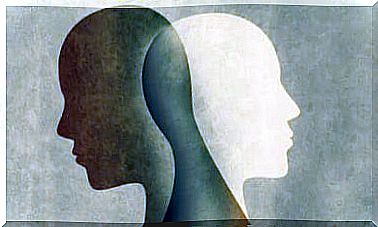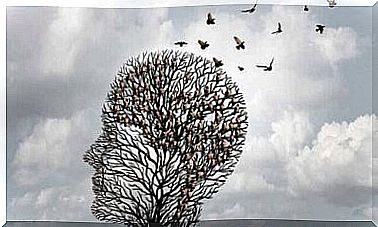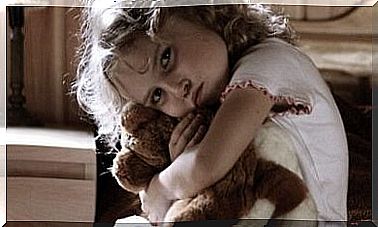The Tea Ceremony And Conscious Meditation
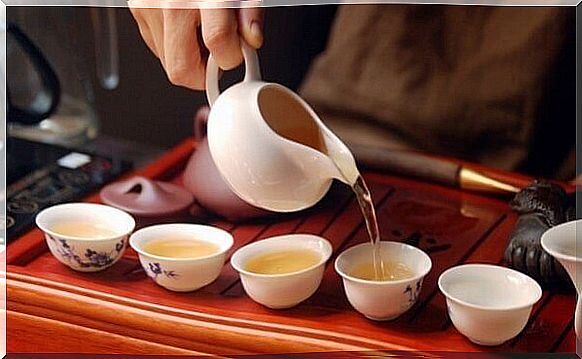
The tea ceremony is part of the Zen meditation rituals. This is what they in Japan call Ichigo , which means “a moment, a meeting.” It’s about creating a unique, unforgettable moment. Participants focus all their senses in the moment and experience it fully. It is therefore a kind of meditation.
During a tea ceremony, there are specific stages. Participants must complete each step with full awareness. That’s what the tea ceremony is all about: concentrating solely on the moment at hand and noticing even the smallest details of the ritual. Forget your haste and your worries, forget both before and after.
This ritual is a gift of respect and devotion from the host to the guests. The person hosting the tea ceremony hopes to give a small moment of supreme peace to the participants. That’s why she does everything with the greatest devotion and focuses on details.

Everyone can host a tea ceremony. It does not matter if it is a man or a woman. Preparations for this ritual take a long time, and in Japan, it sometimes takes years. In ancient times, samurai were the ones who practiced the tea ceremony. That is why it has almost sacred connotations.
It is crucial that the person holding the ceremony knows the correct way to prepare the tea. You can not do it in any way. It can be difficult to do that in the West as carefully and thoughtfully as they do in Japan. In any case, the host must prepare the drink as perfectly as possible. The result should be pleasant for everyone: a product of remarkable sensitivity and attention.
In addition, guests must also know how to drink the tea. The ceremony has 15 steps and guests must know them all to be able to do it right. From the outside, it probably seems very complicated, but it is not. In fact, in the Western world, the tea ceremony is now more famous and practiced more often than ever before.
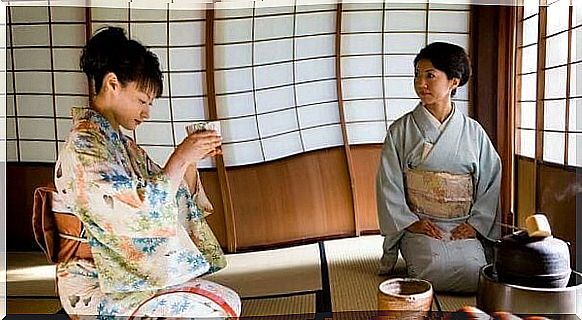
The steps of a tea ceremony
The tea ceremony has 15 steps. Participants must complete all 15 steps for the ritual to be real. The steps are:
- The host must consider three basic principles: peace, harmony and tranquility. The host must concentrate on giving these three things to his guests.
- Clean all items used in the tea ceremony. Purity is a key concept for the ceremony.
- Have enough space for all the guests and have the space ready to receive them. Keep comfort in mind.
- Appoint a guest of honor. This person will set the tone for the rest of the guests. The guest of honor must enter the room first.
- The host greets the guest of honor and exchanges kind words with him and the rest of the guests. She welcomes them with generosity and respect.
- The host should offer some kind of light food, such as cakes.
- All guests must dress formally. In the west, guests wear white clothes.
- The host should have all the elements needed to make the tea: water and tea leaves. Everyone should be quiet and observe while the tea is being prepared.
- The host slowly pours water into the teapot so that everyone can observe, hear and experience every second.
- Then the host places the tea leaves in the water, with the same posture as in the previous step.
- Then the host serves quiet tea in each of the tea cups.
- The tea cups are sent out to the guests. As each guest receives the cup, he or she says something grateful or congratulates.
- Guests drink tea.
- The tea ceremony has two rounds of serving tea. After the first round, each guest covers their cup with a plate. The basic ceremony is now over.
The tea ceremony and meditation
In some tea ceremonies, everyone drinks first from the same cup and then from individual cups. The tea ceremony is also especially useful when the participants are people who practice meditation. The lesson of the tea ceremony is as simple as it is deep: every moment of life is unique and will never come again.

